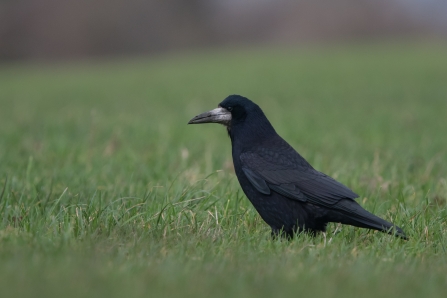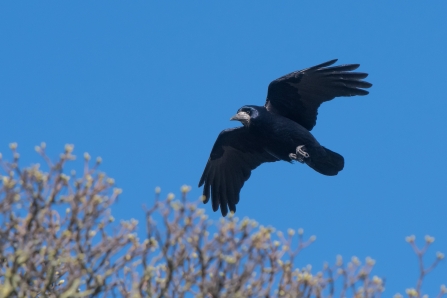Before I moved to my current house about seven years ago, I never really paid much attention to rooks. Certainly, no more than many other species that I encountered on daily basis. And yet now, they are a constant in my life, leading the way with the changing seasons and punctuating at least a small part of every day.
The countryside around my home isn’t particularly biodiverse. But I’m luckier than most to have farmland next to the house and just a hundred yards of open ground between my garden chair and Plover Wood - a small copse of publicly owned land that has been home to generations of rooks.



